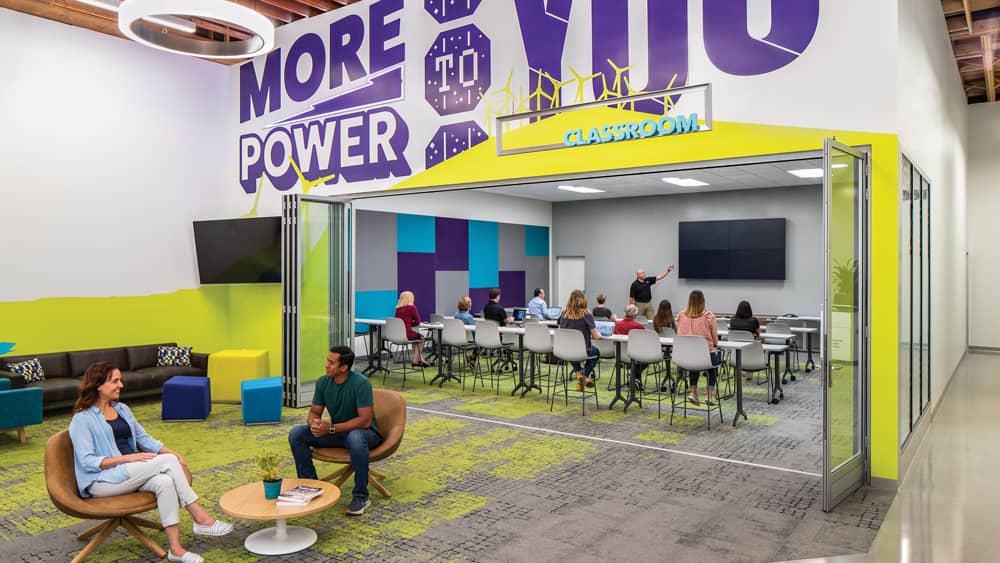
Along a stretch of Fourth Street in downtown Santa Rosa is a storefront that provides a glimpse of the future. A lawn of artificial grass and hanging clouds are displayed in the windows, drawing attention from pedestrians strolling by. Inside, there are a variety of electric appliances situated around the space. The center of the facility features a children’s area filled with crayons, educational toys and books on topics like sustainability, clean and green energy. This is Sonoma Clean Power’s (SCP) Advanced Energy Center, where people can explore and try out all-electric solutions for their homes and businesses to reduce their carbon footprints.
The Center was founded and made possible by a grant of $9.8 million that SCP received from the California Energy Commission (CEC) in 2018. “It’s been several years in the making,” says Kate Kelly, director of public relations and marketing. According to Kelly, the grant is made annually, with a portion set aside for the Northern California region. Sonoma Clean Power competed against major companies such as PG&E and Lawrence Livermore Labs for the funds, which are typically divided up. “However, for the first time ever in an unprecedented move, they gave the entire sum of money to Sonoma Clean Power,” says Kelly.
The CEC had taken notice of Drive EV, the electric vehicle incentive campaign that SCP ran for three years, which offered deep discounts on electric vehicles and free home chargers. “The CEC [was] intrigued by what we had done to disrupt that market,” says Kelly. “They wanted to see what would happen if they provided the full grant to educate and inform the public and promote energy efficiency.” The Center opened its doors to the public in June of last year.
The mission
The Advanced Energy Center’s mission is to show people how to transition to 100% renewable energy for everything they do, whether it’s at home, work, or on the road. The Center carries out its mission through education and providing opportunities for people to experience the Center and view the various technologies available.
At the Center, visitors can test out the induction cooktops and learn why induction cooking is safer than using a gas stove. There’s also an interactive cooktop explaining the five elements of induction. Customers and the general public can also take both in-person and webinar/online classes through the Center and can learn about financing, how to hire a contractor, how climate change impacts health and more.
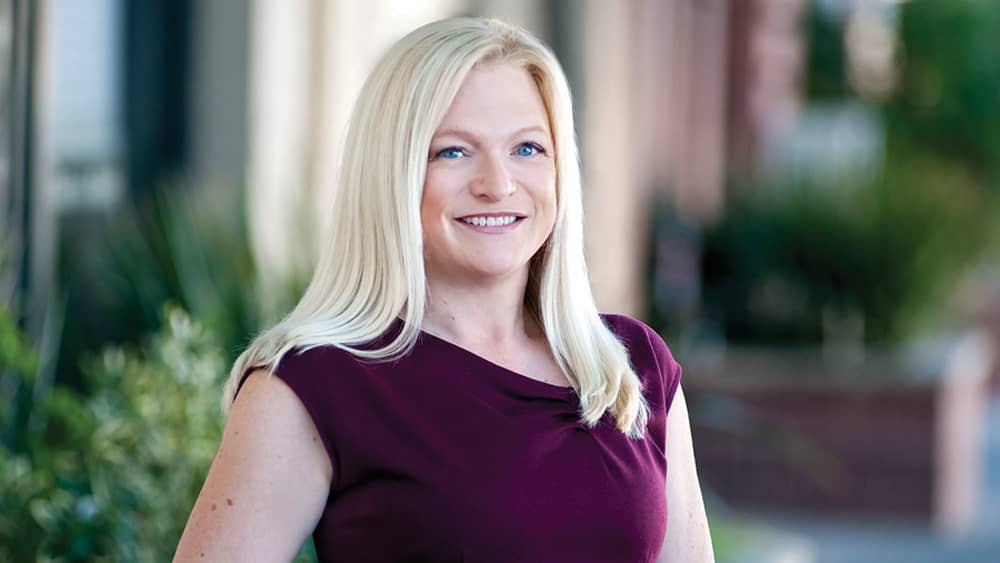
“[The goal] is to educate folks about getting off fossil fuels and natural gas,” says Kelly. “Another goal is to teach and show people how they can transition to 100% renewable energy for their homes, their businesses and their cars. So really, how to live on renewable energy for everything that you do.” The Center was created to help homeowners transition away from the use of natural gas in their homes, upgrading their houses and appliances, and using only renewable electricity, says CEO Geof Syphers. Ultimately, the purpose is to help with that transition off fossil fuels.
Financing and incentives
Transitioning to renewable energy sources can be costly, so SCP offers 0% financing options, which are available for almost all of the technologies in the Center. “It opens up the playing field to these technologies—which oftentimes are not cheap—and makes them available to a wider range of folks with 0% financing. Sonoma Clean Power is subsidizing the financing on what we offer to our customers,” says Kelly. “The payments are added to their utility bill, so there’s no additional check to write and you can borrow up to $10,000 and stretch out the payments for up to 10 years.”
There are additional incentives for low-income customers, who participate in programs such as the CARE (California Alternate Rates for Energy) or FERA (Family Electric Rate Assistance). There are also incentives and discounts that are offered through the individual manufacturers of each of the technologies. Sonoma Clean Power has additional incentives for all customers and offers 0% financing. The incentives and discounts make it easier for customers to purchase select energy-efficient technologies, which are payable through their utility bills.
In the home
In today’s society, many homeowners have been raised with using gas appliances to cook food on a stove, take a hot shower thanks to their water heater and heat up their home with a furnace. At the Advanced Energy Center, you will see some of those same technologies—but without any use of gas—including induction cooktops, heat pumps, a home battery backup, water heaters, a heat recovery ventilator and an electric vehicle charger. Each one serves its own purpose, and as Syphers explains, all appliances have been upgraded from those that were commonly used in the last four decades.
During the 1970s and before, water was mostly heated in the western U.S. with just electricity. Then, in the 1980s, people transitioned to burning gas to heat their water because, at the time, it was more efficient than the old-fashioned, electric-style water heater, says Syphers. “What’s relatively new in the U.S.—even though it’s been around in the world for 40 years—is this technology called the heat pump; it’s a super energy-efficient way to heat water,” he says. He compares the heat pump to an air conditioning unit, which is hot to the touch because it is pumping heat from inside the house to the outdoors. “If you use that same technology, you can pump heat from the air in your garage or in your backyard—wherever your water heater is—into the water and that allows a very energy-efficient way to use electricity to heat water,” he says. The Center’s goal is to help people transition back to electricity in an energy-efficient way, he adds, and studies show that Sonoma County is one of the main places where people burn methane, which has been branded as ‘natural gas’ by the marketing companies that want to sell it. According to Syphers, you can often cut gas use in half by replacing one water heater in a house. That’s often around half or even more of your users because it runs year-round.
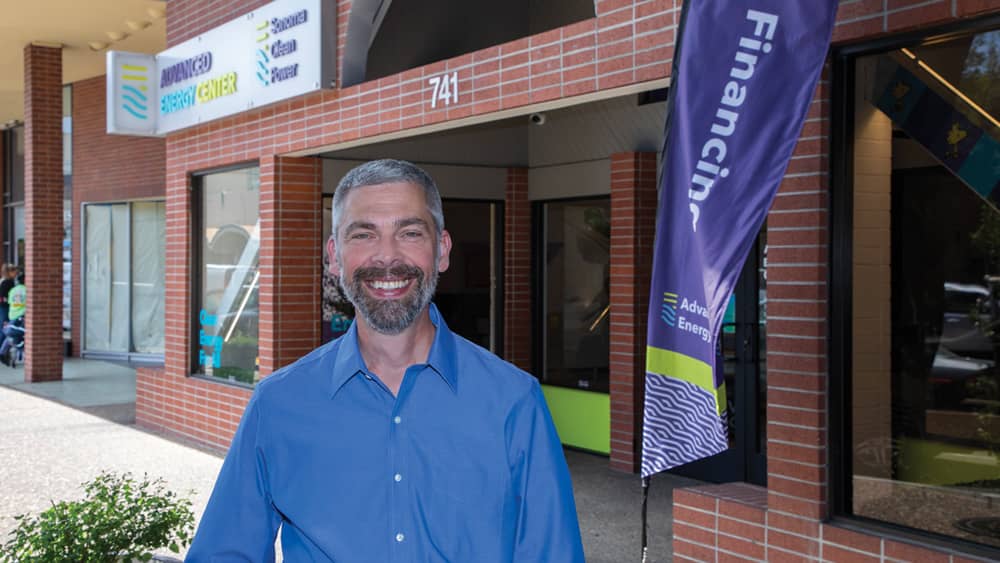
The Center provides a learning hub through hands-on experience. “[Visitors’] eyes light up when they see how quickly you can bring a pan up to temperature—it’s about half the time of gas, how quickly you can cool it down and how the surface remains relatively cool,” says Syphers. “You can put your hand right next to a pot that’s boiling water and you can put it right on the surface, and it’s not even that warm. We conduct this test where we put a chocolate bar next to a pot that’s boiling and the chocolate doesn’t even melt, so the amount of heat that’s being wasted in the kitchen is almost zero because all the heat is going directly into the pot and the food, and it’s not going into the air around it.”
Customers, who aren’t otherwise certain of how induction cooktops work, can borrow one from the Center for two weeks to try it out at home. Syphers says what they’re finding is that after two weeks of cooking on it, people return and about 80% say that they have to get one and make the transition.
Making an impact
Exactly how does having energy-efficient technology in your home help to combat the climate crisis? Syphers explains that there are at least three major ways. “When you design a home makeover to upgrade appliances and go more energy-efficient, you can help people cut their energy costs. Right now, with natural gas prices sky-high, we’re seeing some of the value of being on electricity,” he says. He adds that while electricity is relatively expensive in California, gas is far more expensive and this is not likely to change soon.
“The second reason efficiency is important is that we’re living the climate crisis. Since 2017, we had a massive wake-up call about wildfires that were exacerbated by extreme temperatures, dryness and drought, and all of that is being made worse by the greenhouse gases that we’re putting into the air,” says Syphers. “Taking a really concrete action to make a contribution towards solving our global climate crisis is powerful and can be personally satisfying.”
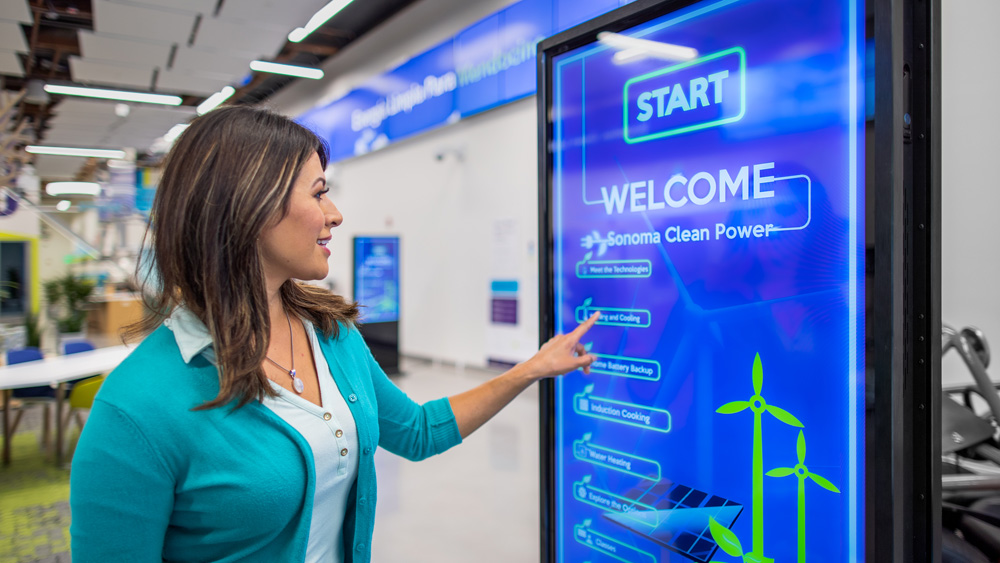
Leading the way
Someone who’s familiar and inspired by the great things the Advanced Energy Center is doing to help educate the public about clean energy and energy-efficient technologies is Panama Bartholomy, founder and executive director of the Building Decarbonization Coalition (BDC) in Petaluma. BDC is a coalition of organizations that work together to eliminate pollution from buildings, both through policy changes and market changes. It’s a national coalition made of utilities, manufacturers of heating equipment, the designing construction community, government agencies and non-profits. Bartholomy says that the coalition runs a statewide consumer education program called the “Switch Is On.” The program provides information similar to the Advanced Energy Center about what these technologies are, why you would want to choose them over their gas alternatives and what rebates are available to you based on your ZIP code. Then BDC prescreens nearly 1,000 contractors in California to suggest contractors who are going to help homeowners on this path of electrification; customers can search for contractors by their zip code on the campaign’s website. BDC has a full-paid media campaign with video, digital, social and a website with the tools needed to conduct a search. The coalition works together with the Center and refers people there from its campaign if they’re living in Sonoma or Mendocino counties.
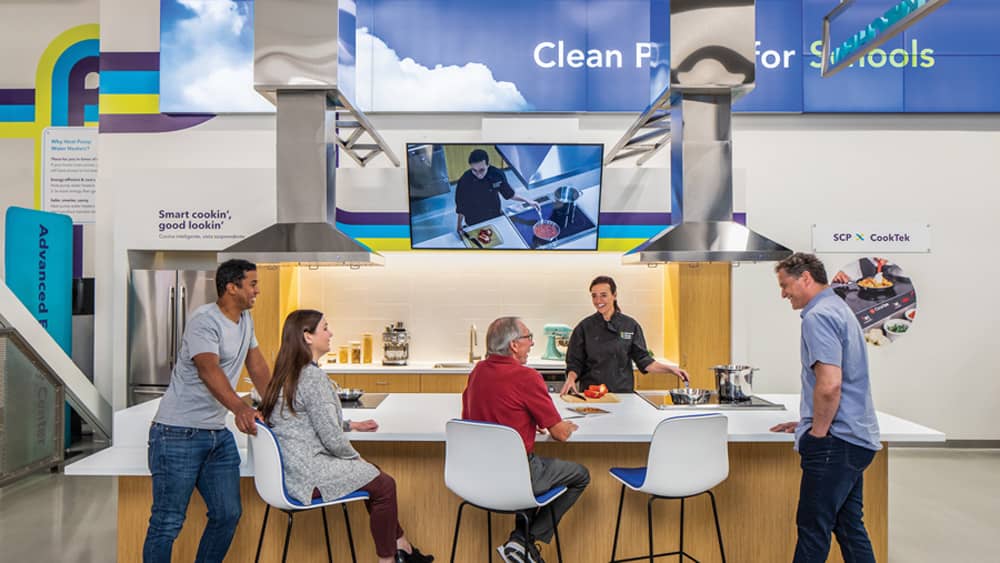
On the horizon
What exactly is in store for the Advanced Energy Center? As far as the future goes, Claudia Nuñez, an intern at the Center, is working on public outreach efforts to under-represented groups so they can also contribute to the conversation about climate change. “As we look into the future and find ways to decarbonize our communities, we all need to work together to eliminate language barriers and provide environmental education to all ages. As a first-generation Latina, I am passionate about educational equity and helping my community through outreach, and getting everyone involved in the conversation,” she says.

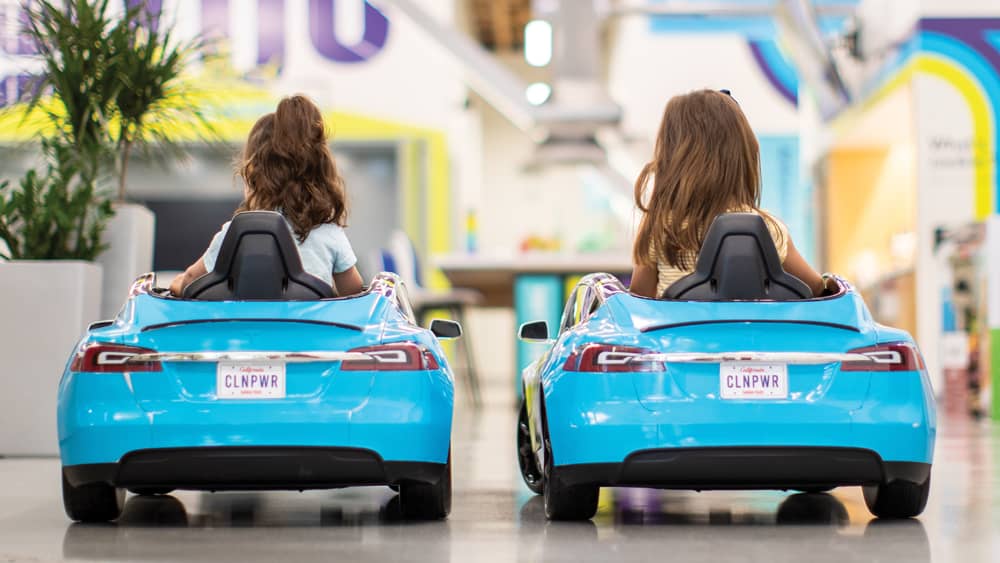
Areas of Service
Sonoma Clean Power is a public agency governed by the counties of Sonoma and Mendocino and the following cities.
- Cotati
- Fort Bragg
- Petaluma
- Point Arena
- Rohnert Park
- Santa Rosa
- Sebastopol
- Sonoma
- Willits
- Windsor
SCP is also part of the California Community Choice Association (CalCCA), which is an industry trade association that represents the interests of California’s Community Choice electricity providers.
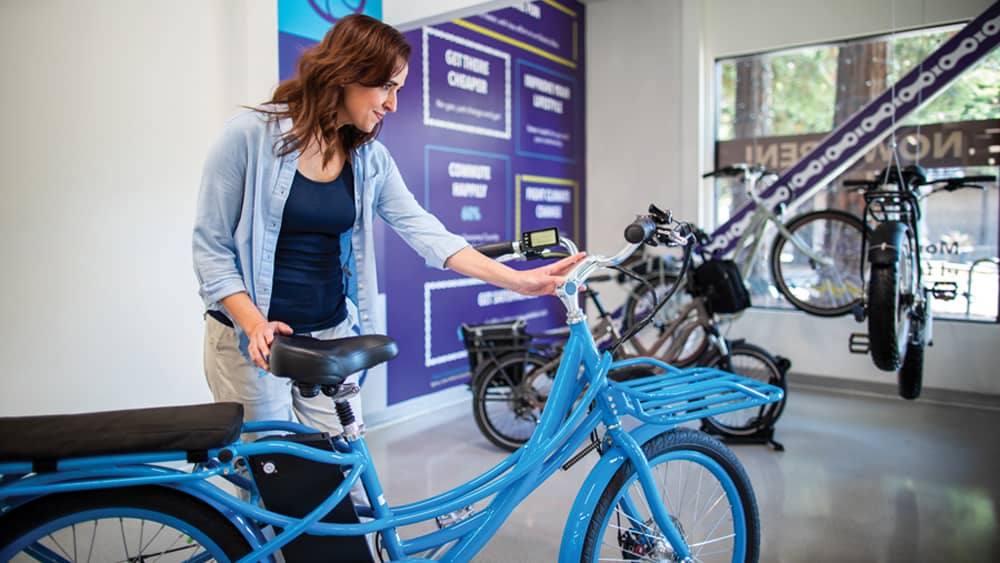
The Staff
The Advanced Energy Center has eight employees, including a director, store manager, assistant manager and five interns—who also make up part of the staff and give tours. The different technology manufacturers provide training to the staff about the technologies located inside the Center. The Center also offers training and certification courses for the installation industry to become certified installers for Sonoma Clean Power.
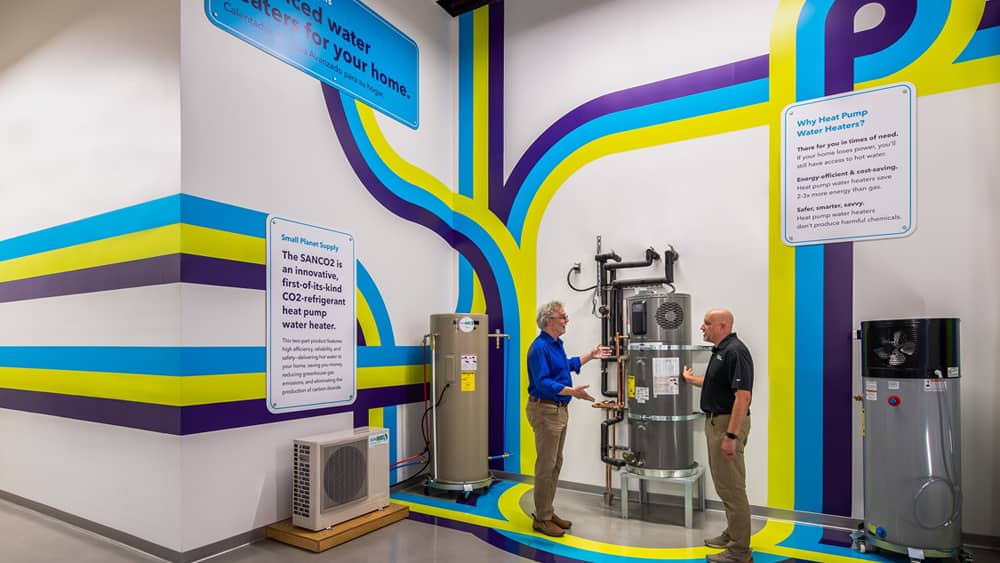
Kids and Green Education
Adults aren’t the only ones learning about clean energy at the Advanced Energy Center. Since 2016, Sonoma Clean Power has been in a partnership with Sonoma Water and every year, a Sonoma Water employee represents SCP by visiting Sonoma County schools, and meeting with students in grades K-12.
During these visits, Sonoma Water spends a day working with the kids, who learn about energy efficiency, renewable energy, water conservation and how those things are linked. “We’ve more recently—just this past year—started designing field trip curriculum for schools to come to the Advanced Energy Center,” says Geof Syphers, CEO of Sonoma Clean Power. “With Covid, we just had a couple of schools come so far because there’s still a lot of limitations, he says. “But we’re working to set that up just as soon as more schools are able to do so.”
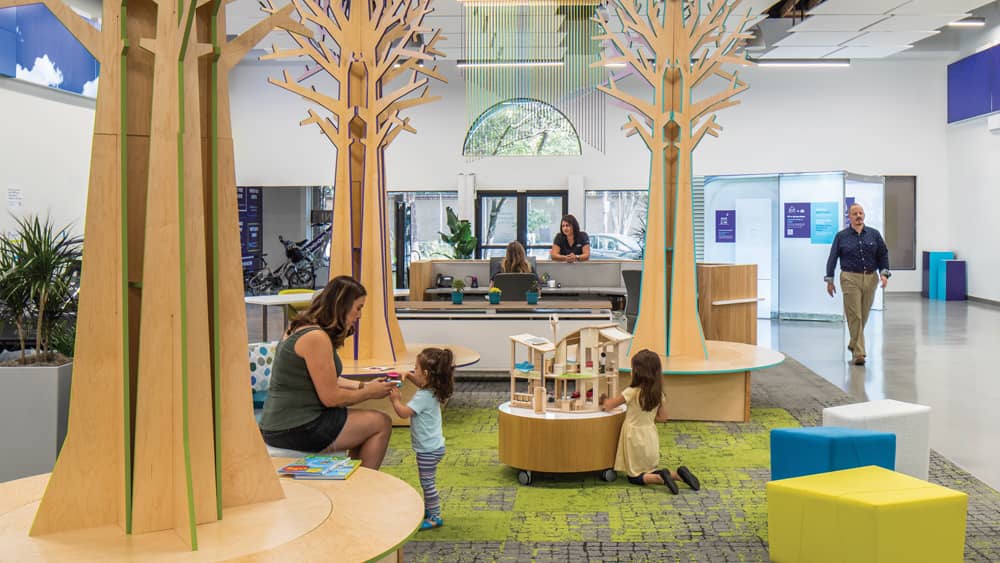
Tips for Renters
Renters may not believe they can do much to help reduce their carbon footprint in their homes, since they often don’t own the property they live in, and sometimes don’t even own some of the appliances that are already inside the homes or apartments they rent. However, there are still ways they can save energy. Here are some tips.
Electric blankets use less energy than space heaters and cost only 10 cents an hour to operate.
Advanced power strips allow you to designate one device—such as a TV—as the primary outlet, so when the TV is turned off, all other electronics plugged into the strip will also shut off.
Electric pressure cookers use up to 70% less energy compared to your stove or oven. Plus, you can save time on cooking by letting your meal prepare itself throughout the day.
Air fryers use half as much energy as a conventional oven and require no preheating time.
Smart thermostats are a great tool for managing your heating and cooling system, and they allow you to do so remotely from your computer or mobile device.
Residential LEDs use at least 75% less energy than incandescent lighting and last up to 25 times longer.
Source: Sonoma Clean Power’s Advanced Energy Center
Author
-

From an early age, Jessie knew she loved to write. She developed more of an interest in writing when she enrolled in her first journalism class—magazine writing—at SRJC. Born and raised in Healdsburg, Jessie specializes in writing profiles and feature stories, and has contributed to various publications, including SRJC’s The Oak Leaf, Sonoma State STAR, The Press Democrat and LAist.com. In her downtime, she enjoys listening to music, going for walks and spending time with family and friends.
View all posts



